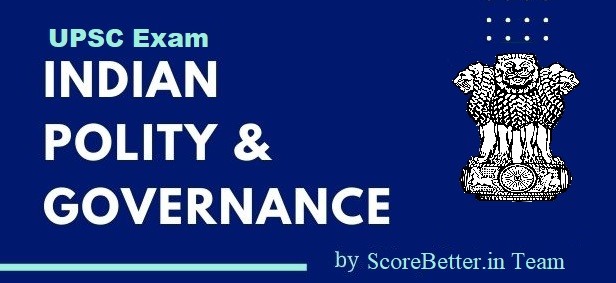The main objectives of police reforms in India were: To safeguard judicial system. To inculcate honesty among the police personnel. To make efforts to implement judicial reforms.
Max Weber defined ‘State’ as org that has a monopoly on the legitimate use of physical force. The police act as an instrument of physical force of the state as recently seen in the Thoothukudi Incident wherein the father-son duo from TN was sexually assaulted & tortured by police while in custody.
The judgement related to police reforms in India
SC in the landmark case of Prakash Singh Badal case of 2006 set the much-needed tone of police reforms and recommended measures to redefine role of police as an instrument of governance & welfare state rather than an oppressive institution.
Data And Stats police reforms in India
- Shortage of policemen – 17 million against 22 million.
- 138 police personnel per lakh pop against 222 as recommended by the UN.
- According to the Bureau of Police R&D, Ind’s general conviction rate is 47% but the conviction rate is 21% in crimes against women.
- Police are on the state list.
- Overburdened & underpaid – 68% of SHO reported that their subordinates work more than 11 hr. Madras HC ruling in this regard directed state govt to give policemen 1 day off a week.
Evolution of Police System happened in India
- 1st Phase: Initial period [colonial period] — Acted as colonial agent & was oppressive → suppression → Non-Representative.
- 2nd Phase: Police acted as an agency of govt & responsible for enforcement of law → more representative.
- Future Phase: Police should be citizen-centric, to be efficient, professional & citizen-friendly → represent all sections.
The Issues related to the policing system in India
- Legal: Colonial-era laws.
- Infrastructure: As per the CAG report, shortages in weaponry with the state police force but funds for modernisation aren’t utilised fully.
- Institutional: Lack of training, rigid hierarchy, cybercrimes.
- Social: suicide among police personnel [SHO report].
- Functional: Low-quality investigation [Need DNA Bill], the politicisation of police, corruption [underpaid], custodial torture. overburdened police force.
- India’s failure to ratify UN Convention Against Torture.
Supreme Court Directives related to the police reforms in India
- State govt should send their proposal for appointment of DGP to UPSC, 3 months before incumbent is due to retire.
- UPSC to prepare a panel of officers to fit to be DGP in the state concerned.
- SC described torture as an ‘instrument of human degradation’ used by the state.
The Committees related to the police reforms in India
- Gore Committee — On Police Training.
- Nat Police Commission: recognises coordinating role of District Magistrate, having more leverage than the police.
- Padmanabhaiah Committee: recruitment procedures for police force, police officers’ behaviour, police investigations and prosecution.
- Soli Sorabjee Committee: draft a new model police law.
- Law Commission in its 198th and 273rd report proposed an anti-torture law.
The Steps Needed for the police reforms in India
- Victim Impact Statement – SC in Malikarjun Kodagil v. the State of KR, stressed the need to have VIS so that an appropriate punishment is awarded to the convict.
- Automated Facial Recognition System – Recommended by NCRB to ‘zero in’ on images or videos related to crime or mob violence and compare select facial features with an existing image database.
- Community Policing – Community act as eyes and ears of the police.
Other Input Police reforms in India
- SMART Police – Sensitive, Mobile, Alert, Reliable, Techno-savvy.
- Mera Paibi – Women social mobile in Manipur against drug addiction, alcoholism & sexual violence.
- KE’s Jan Maitri Suraksha Police – To help police & communities build trust.
- Prevention of Torture Bill 2017: definition to torture; state responsible for injury inflicted by its agents on people, courts to provide justiciable compensation for victims.
- Model Police Act 2015- can serve as the basis for legislative reforms.
- Identification and outsourcing of non-core functions.
- Women participation.
- Intro e-FIRs.
- Transparent transfer & postings.
- Technological initiatives.
.
Also Read –
You Can Follow on Youtube – Score Better
Read More Article of Indian Polity
.
